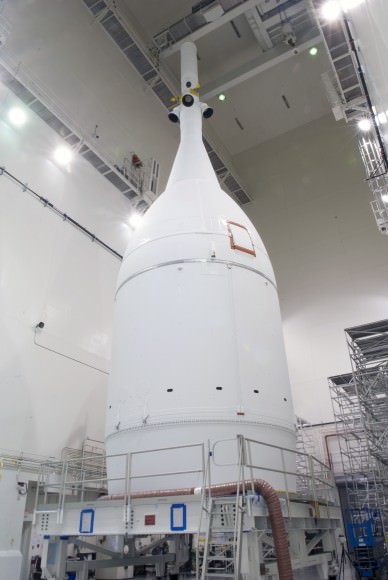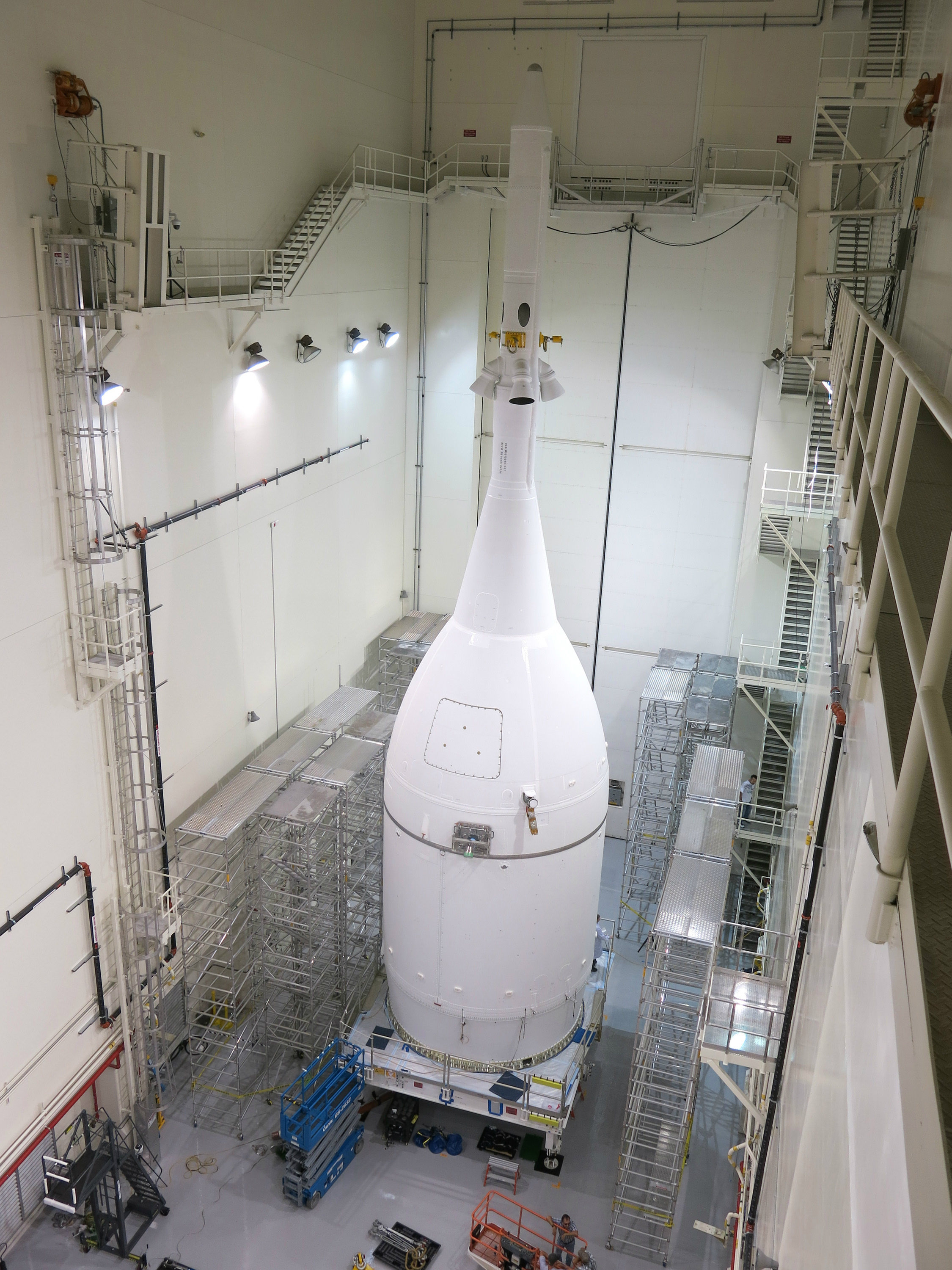Technicians at the Kennedy Space Center have put the finishing touches on NASA’s first Orion crew module, marking the conclusion of NASA’s multi-year-long effort to build and prepare the vehicle for its maiden launch in December and take the first steps towards sending humans back to deep space in four decades since Apollo.
The Orion spacecraft is all set to be rolled out from Kennedy’s Launch Abort System Facility to Launch Complex 37 at Cape Canaveral Air Force Station on Monday evening, Nov 10.
Orion is slated to liftoff on its first unmanned orbital test flight, dubbed Exploration Flight Test-1 (EFT-1), on Dec. 4.
Orion is NASA’s next generation human rated vehicle that will eventually carry America’s astronauts beyond Earth on voyages venturing farther into deep space than ever before – beyond the Moon to Asteroids, Mars, and other destinations in our Solar System.
The fully assembled Orion vehicle stack consists of the crew module, service module, launch abort system and adapter, residing on a transporter in Kennedy’s Launch Abort System Facility.
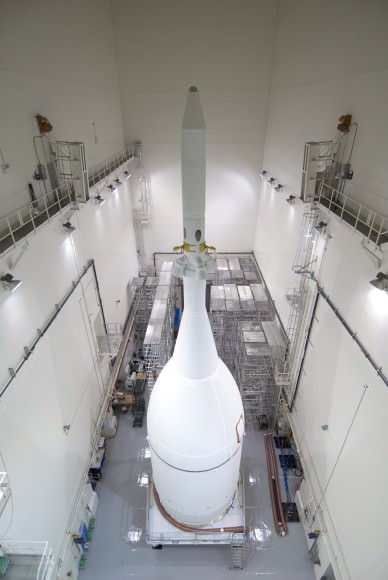
“This is just the first of what will be a long line of exploration missions beyond low earth orbit, and in a few years we will be sending our astronauts to destinations humans have never experienced,” said Bill Hill, deputy associate administrator for Exploration Systems Development, in a statement.
“It’s thrilling to be a part of the journey now, at the beginning.”
After arriving at pad 37, the Orion stack will be hoisted and installed atop the United Launch Alliance Delta IV Heavy rocket that will carry it into space for its uncrewed EFT-1 maiden flight test.
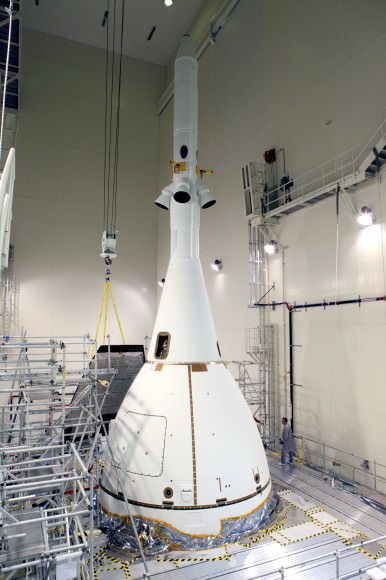
The maiden blastoff of the state-of-the-art Orion spacecraft on the EFT-1 mission is slated for December 4, 2014, from Space Launch Complex 37 (SLC-37) at Cape Canaveral Air Force Station in Florida atop the triple barreled United Launch Alliance (ULA) Delta IV Heavy booster.
The two-orbit, four and a half hour EFT-1 flight around Earth will lift the Orion spacecraft and its attached second stage to an orbital altitude of 3,600 miles, about 15 times higher than the International Space Station (ISS) – and farther than any human spacecraft has journeyed in 40 years.
It will test the avionics and electronic systems inside the Orion spacecraft.
Then the spacecraft will travel back through the atmosphere at speeds approaching 20,000 mph and temperatures near 4,000 degrees Fahrenheit to test the heat shield, before splashing down for a parachute assisted landing in the Pacific Ocean.
“NASA is pushing the boundaries of exploration and working hard to send people to Mars in the future,” said Mark Geyer, Orion Program manager, in a NASA statement.
“When we set foot on the Red Planet, we’ll be exploring for all of humanity.”
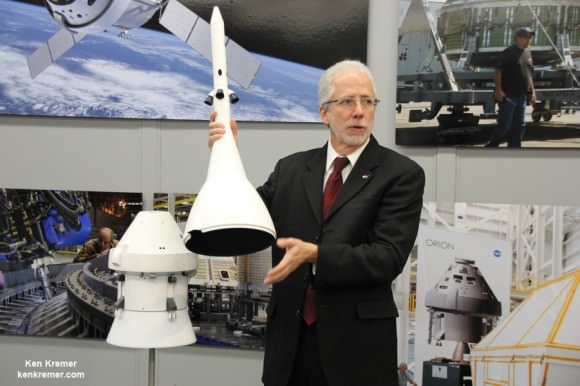
Watch for Ken’s Orion coverage and he’ll be at at KSC for the launch on Dec. 4.
Stay tuned here for Ken’s continuing Orion and Earth and planetary science and human spaceflight news.
